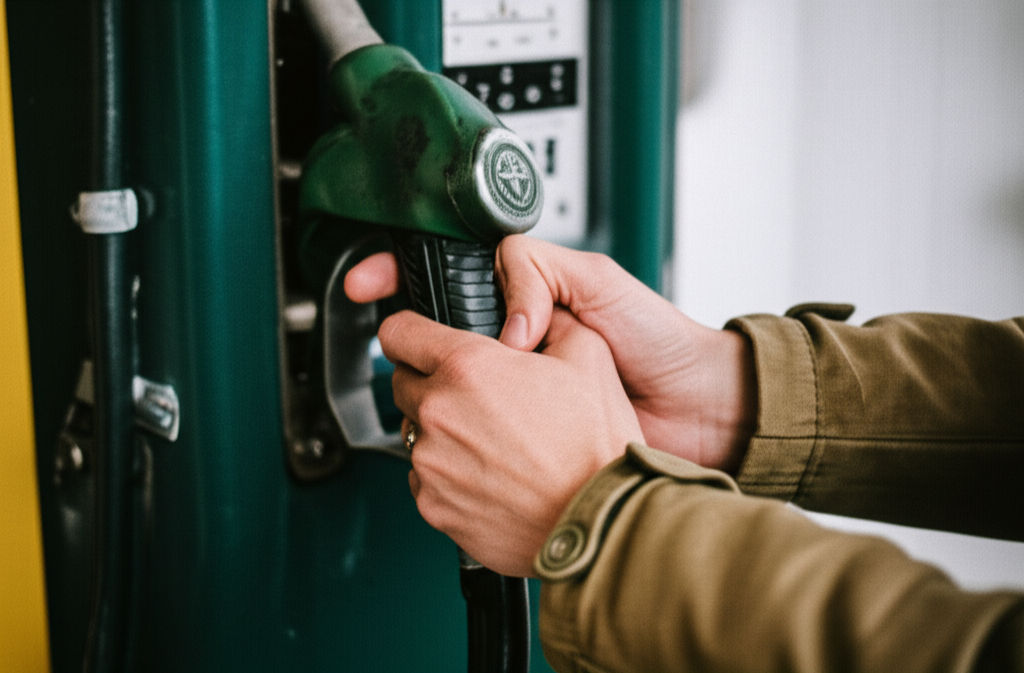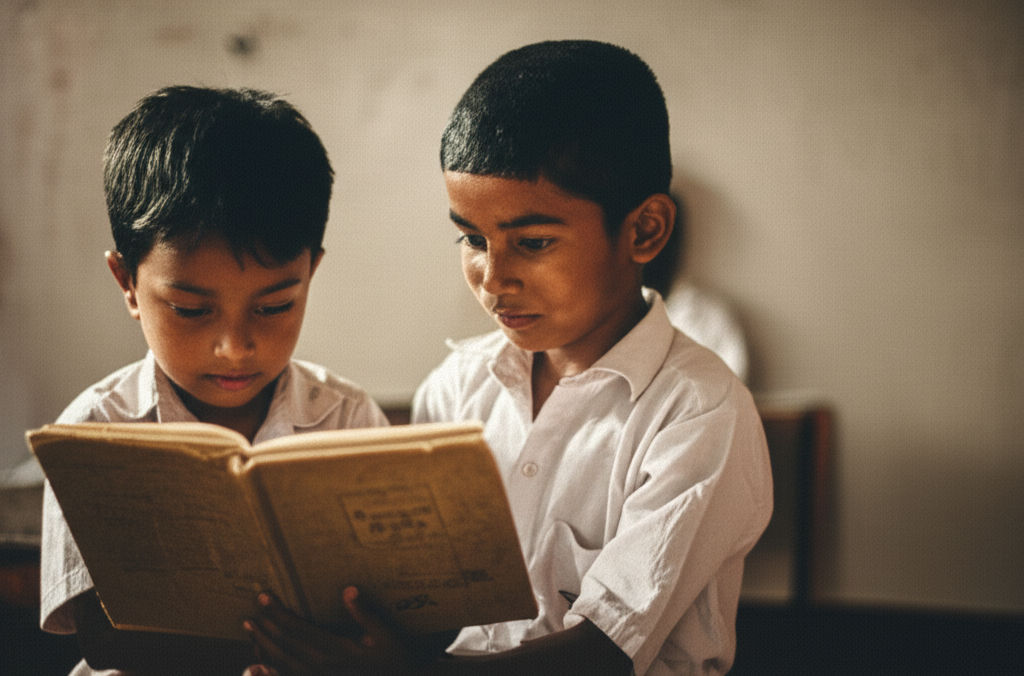What Is a Traditional Economy
Ikhsan Rizki
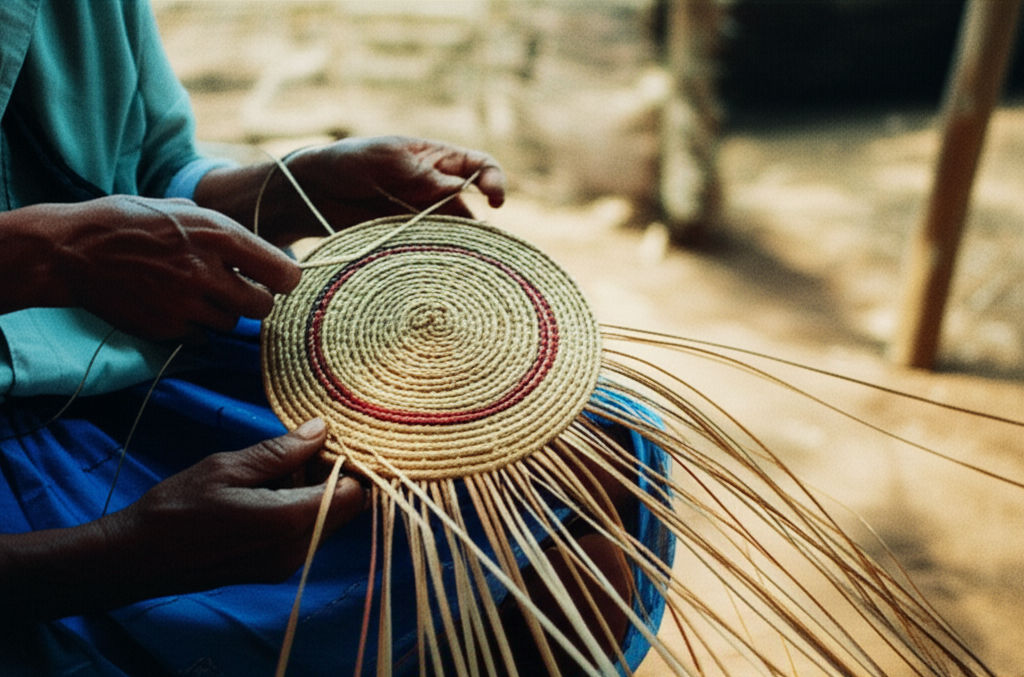
Photo: Demystify the traditional economy. Learn about humanity's oldest economic system, driven by custom, subsistence, and community needs.
What Is a Traditional Economy? Understanding Humanity's Oldest Economic System
Have you ever wondered how societies managed their resources before the invention of money, markets, or governments? In a world dominated by complex financial systems and global trade, it's easy to overlook the foundational ways humans have historically organized their economies. But understanding these early systems is crucial to grasping the evolution of our modern economic landscape. So, what exactly is a traditional economy, and how does it shape the lives of those who live within its framework?
This comprehensive guide will demystify the traditional economy, exploring its core characteristics, where it still exists today, and its inherent advantages and disadvantages. By the end, you'll have a clear picture of this fascinating and enduring economic model.
What Exactly Is a Traditional Economy?
A traditional economy is the most basic and ancient form of economic organization, where decisions about what to produce, how to produce it, and for whom to produce are deeply rooted in customs, beliefs, history, and time-honored traditions passed down through generations. Unlike modern systems driven by market forces or government planning, a traditional economy prioritizes continuity and stability over innovation and growth.
In such a system, economic activities aren't guided by profit motives or supply and demand. Instead, they are dictated by established patterns and historical precedents, focusing on meeting the immediate needs and ensuring the self-sufficiency of the community.
Key Characteristics of a Traditional Economy
Traditional economies exhibit several distinct features that set them apart from market, command, or mixed economic systems:
1. Governed by Customs and Traditions
The defining characteristic of a traditional economy is its reliance on inherited practices. Economic roles, production methods, and distribution norms are determined by what has "always been done." Children often follow in their parents' footsteps, learning skills and occupations that have sustained their community for centuries. This strong adherence to tradition ensures social order and predictability, as everyone understands their role and contribution.
2. Subsistence-Based Production
The primary goal of a traditional economy is survival and self-sufficiency. Communities produce just enough goods and services to meet their own needs, with little to no surplus for extensive trade or accumulation of wealth. This focus on immediate consumption means there's rarely any waste.
3. Reliance on Primary Economic Activities
Life in a traditional economy revolves around direct interaction with natural resources. The main economic activities include subsistence farming, hunting, fishing, and gathering. These activities are often adapted to the specific environment and climate, leveraging long-standing practices suited to the local ecosystem.
4. Barter System for Exchange
Money is typically absent or plays a minimal role in a traditional economy. Instead, goods and services are exchanged directly through bartering. For instance, a farmer might trade crops with a hunter for meat, or a craftsman might exchange tools for fish. This direct exchange fosters mutual dependence and strengthens social bonds within the community.
5. Limited Technological Advancement
Traditional economies tend to rely on simple tools and time-honored methods for production. Innovation and technological advancement are often limited, as the emphasis is on preserving cultural practices and knowledge passed down through generations rather than seeking efficiency through new technologies.
6. Community and Family Centered
Economic activities are often centered around kinship or tribal structures. Decisions are made by individuals or local leaders, with a strong sense of community and cooperation among members. Family sentiments and communal ties greatly influence production and distribution.
Where Do Traditional Economies Exist Today?
While pure traditional economies are increasingly rare in a globally interconnected world, remnants and examples of these systems can still be found, particularly in isolated or rural regions and among indigenous communities.
Examples include:
- Indigenous Tribes: Many indigenous communities around the world, such as the Inuit in parts of Canada and Alaska, Amazonian tribes in Brazil, the Maasai in East Africa, and the Sami people in Scandinavia, still operate based on traditional economic principles, relying on hunting, fishing, gathering, and subsistence farming.
- Rural Communities in Developing Countries: Pockets of traditional economies can be found in rural areas of developing countries across Africa, Asia, and Latin America, where local resources and traditional knowledge are used to sustain livelihoods.
It's important to note that many of these communities may also engage in some form of trade with the wider economy, evolving into what economists call "mixed traditional economies."
Advantages and Disadvantages of a Traditional Economy
Like any economic system, the traditional economy comes with its own set of pros and cons.
Advantages:
- Sustainability and Environmental Harmony: Traditional economies often have a minimal environmental impact. Their focus on producing only what is needed and using methods proven sustainable over generations helps preserve resources and prevent overexploitation.
- Strong Social Cohesion: The emphasis on communal living, cooperation, and shared traditions fosters strong social ties and a deep sense of belonging. There's often little friction between members, as roles and resource distribution are well-understood.
- Predictability and Stability: Everyone knows their role and what is expected of them, leading to a high degree of economic stability and little uncertainty about production or distribution.
- Preservation of Culture and Skills: Traditional economies inherently preserve cultural heritage, ancestral knowledge, and unique skills passed down through generations.
Disadvantages:
- Limited Economic Growth and Innovation: The strong adherence to tradition often stifles innovation and limits opportunities for technological advancement and economic expansion. This can lead to stagnant economic progress and lower living standards.
- Vulnerability to External Shocks: Traditional economies are highly dependent on natural resources and patterns. They can be extremely vulnerable to natural disasters, climate change, disease, or resource depletion, which can directly impact food supply and survival.
- Lower Standard of Living: Due to limited technology and lack of diversification, traditional economies often struggle with poor medical amenities, inadequate infrastructure, and limited access to a wider variety of goods and services.
- Risk of Exploitation: Their isolation and limited growth can make traditional economies susceptible to exploitation by more developed economies seeking natural resources.
- Cumbersome Barter System: While fostering community, the reliance on bartering can be inefficient and limit the scope of trade, especially for diverse needs or larger transactions.
How Does a Traditional Economy Differ from Modern Economic Systems?
The traditional economy stands in stark contrast to the dominant economic systems of today:
- Market Economy: In a market economy, decisions are made by individuals and businesses based on supply and demand, with little government intervention. It prioritizes profit and competition.
- Command Economy: Here, a central government makes all economic decisions, controlling the means of production and distribution. It prioritizes collective goals over individual choice.
- Mixed Economy: Most modern economies are mixed, combining elements of both market and command systems, with varying degrees of government regulation and private enterprise.
Unlike these systems, a traditional economy doesn't involve complex financial markets, central planning, or the pursuit of profit. It's about maintaining a stable way of life through tried-and-true methods, prioritizing community needs and cultural preservation over economic expansion. In fact, economists and anthropologists widely believe that all modern economies originated from traditional economic systems, evolving over time as societies developed surpluses and new ways of organizing production and trade.
Conclusion
The traditional economy, with its deep roots in customs, beliefs, and subsistence living, offers a fascinating glimpse into humanity's earliest forms of economic organization. While increasingly rare in its pure form, its principles of community, sustainability, and cultural preservation continue to influence pockets of societies worldwide. Understanding what is a traditional economy not only enriches our knowledge of economic history but also highlights the diverse ways humans have, and continue to, meet their fundamental needs.
What aspects of a traditional economy do you find most intriguing? Share your thoughts in the comments below, or explore our other articles on the evolution of economic systems!
Frequently Asked Questions (FAQs)
Q1: What is the primary characteristic of a traditional economy?
The primary characteristic of a traditional economy is that economic decisions (what to produce, how to produce, and for whom) are based almost entirely on customs, traditions, and historical precedents passed down through generations.
Q2: Do traditional economies still exist today?
Yes, while pure traditional economies are rare, elements of them can still be found in isolated indigenous communities and rural areas of developing countries, particularly those reliant on subsistence farming, hunting, and gathering.
Q3: How do people exchange goods in a traditional economy?
In a traditional economy, people typically exchange goods and services through a barter system, meaning they trade items directly without the use of money.
Q4: What are the main advantages of a traditional economy?
Key advantages include strong social cohesion, environmental sustainability due to minimal waste and resource use, and a high degree of stability and predictability because everyone understands their role.
Business
View All
November 14, 2025
What LLC UIC Means for Your Business"LLC UIC" demystified! Learn what business ID numbers (like EIN) truly matter for your LLC's compliance and smooth operation.
Ikhsan Rizki

October 25, 2025
RI Business Search Made EasyMake your RI business search easy! This comprehensive guide helps you quickly find any Rhode Island business information you need.
Ikhsan Rizki

October 31, 2025
Shirt Size Chart for Business WearMaster your professional image! Our guide decodes shirt size charts for business wear, ensuring a perfect fit and boosting your confidence.
Ikhsan Rizki

August 29, 2025
What to Know About Car Wash BusinessesLaunch a profitable car wash! Your ultimate guide to business models, startup costs, operations, and marketing strategies for success.
Ikhsan Rizki

October 19, 2025
Tips for Successful Business MeetingsTired of pointless meetings? Discover practical tips to transform your business gatherings into productive, results-driven sessions.
Ikhsan Rizki

August 27, 2025
Healthcare Business Management PayCurious about Healthcare Business Management pay? Explore salary ranges, key factors, and how to increase your earning potential in this vital field.
Ikhsan Rizki
Economy
View AllElevate your content with stunning visuals! Discover where to get free economy clipart to enhance presentations, marketing, and blogs, even on a tight budget.
Ikhsan Rizki
Honda Civic Type R MPG: Get the surprising truth about its fuel economy. Performance meets practicality. Learn real-world facts!
Ikhsan Rizki
Discover The Economy Shop Oak Park: a century-old non-profit thrift store fueling local charities & sustainability. Shop smart, do good!
Ikhsan Rizki
Is the US economy still the world's envy? Explore its enduring strengths and emerging challenges in this balanced look at America's economic standing.
Ikhsan Rizki
Considering British Airways 787 Premium Economy? This guide unveils enhanced comfort, more space, & great value for long-haul flights on the Dreamliner.
Ikhsan Rizki
Your ultimate guide to Honda CR-V fuel efficiency. Explore MPG for gas & hybrid models, 2025 ratings, and tips to maximize savings at the pump.
Ikhsan Rizki
Education
View AllUnravel the Best State for Education Rankings! Understand the key metrics for K-12 & higher ed quality to make informed choices for your family's future.
Read MoreDiscover New Haven adult education programs! Achieve career goals, earn your GED, improve English, or gain vocational skills. Flexible & supportive pathways awa...
Read MoreUnlock potential with Universalisation of Elementary Education (UEE). Discover its meaning, vital importance, and global efforts to ensure quality education for...
Read MoreNurses: Discover remote patient education jobs! Empower patients from home, achieve work-life balance, and leverage your expertise. Your guide to this evolving...
Read MoreDiscovering Wellness and Adventure: Inside the Arrillaga Outdoor Education Center Are you seeking a place where personal growth meets thrilling adventure? Do yo...
Read MoreDiscover Educators Rising! Learn how this national organization empowers middle & high school students to become the next generation of impactful educators.
Read MoreHealth
View All
September 2, 2025
Top Health Info Management JobsUnlock your future! Explore top Health Information Management (HIM) jobs in this growing field. Combine healthcare, tech & business, no direct patient care.
Ikhsan Rizki

September 25, 2025
Sanford Health Is Hiring NowSanford Health is hiring! Discover a rewarding career making a difference in healthcare. Explore diverse roles, strong values, and growth opportunities.
Ikhsan Rizki

September 1, 2025
Gold Coast Health Plan OverviewNavigating healthcare in Ventura County? Discover Gold Coast Health Plan (GCHP) for Medi-Cal eligibility & comprehensive, affordable benefits.
Ikhsan Rizki

September 30, 2025
Start Your Ballad Health CareerDiscover a rewarding healthcare career at Ballad Health in the Appalachian Highlands. Explore diverse roles & how to apply.
Ikhsan Rizki

November 17, 2025
Use M Health MyChart TodayM Health MyChart simplifies your healthcare. Access records, message doctors, schedule appointments, and manage bills securely online. Take control of your heal...
Ikhsan Rizki

October 6, 2025
Why Choose Zufall Health CenterChoose Zufall Health Center for comprehensive, accessible, and affordable healthcare in New Jersey. Your trusted partner for patient-centered care.
Ikhsan Rizki
Popular Articles
View All
1
2
3
4
5
6
7
8
9
10
Lifestyle
View All
October 11, 2025
Dick’s Baseball Style Gear
Elevate your baseball game! Discover quality bats, gloves & essential gear at Dick's Sporting Goods – your one-stop shop for every player.

September 28, 2025
Rockstar Lifestyle Lyrics Explained
Unpack the "rockstar lifestyle" in music lyrics. Explore themes of wealth, parties, fame, and rebellion, plus their deeper meanings.
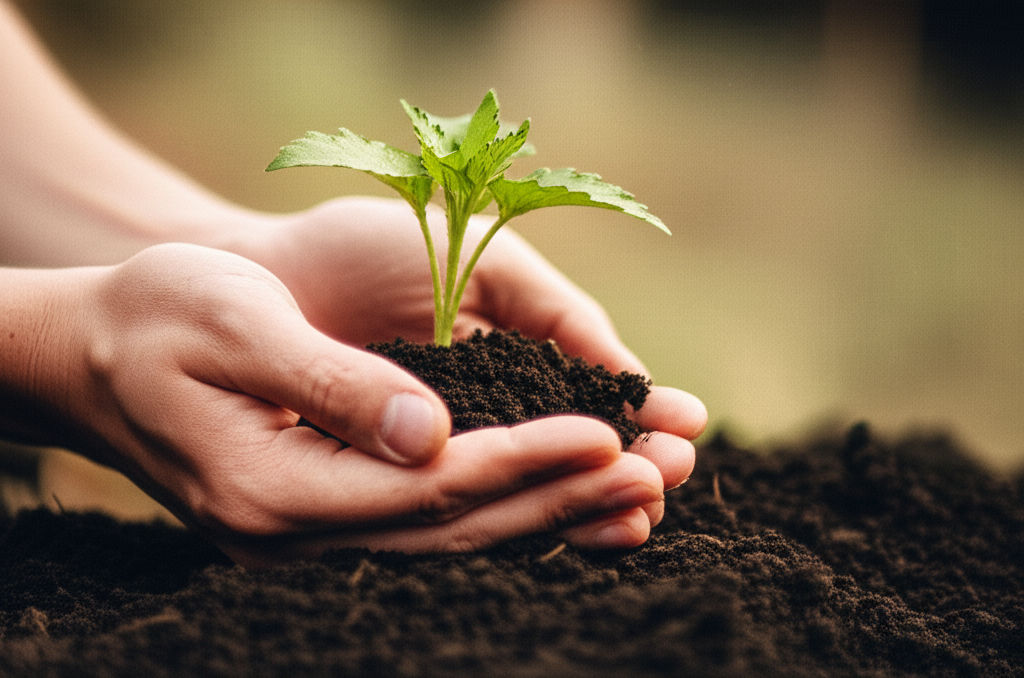
August 29, 2025
Healthy Lifestyle Clipart Ideas
Struggling with bland health content? Discover how healthy lifestyle clipart can elevate your wellness messages, making them engaging and inspiring!

September 28, 2025
Choosing the Right Condom Size
Don't guess your condom size! A proper fit is vital for safety, pleasure & preventing breakage. Learn how to measure correctly & choose the right condom for you...

November 13, 2025
Meet the team behind lifestyle staff
Meet the passionate experts behind our lifestyle content. Learn how their expertise & authenticity deliver trustworthy guides for a better life.

August 23, 2025
Life at Arborwood Preserve Today
Discover Arborwood Preserve: Fort Myers' resort-style community with luxury homes, vibrant activities & unmatched amenities. Live your dream life!

September 25, 2025
Puma Park Lifestyle Sneakers Drop
Elevate your style with Puma Park Lifestyle Sneakers! Discover urban cool, comfort, and versatile design. Your must-have for daily grind & weekend adventures.

October 8, 2025
Bose Model 5 Music System
Explore the Bose Model 5 Music System. Get immersive, room-filling sound from a sleek, compact home audio solution. Rediscover your music!
Sports





Travel
View All
August 31, 2025
Kors Jet Set Travel Bags Review
Planning your next trip? Explore our review of Michael Kors Jet Set travel bags, blending style, durability, & organization for your ultimate journey.

October 6, 2025
Best Men’s Travel Pants for Any Destination
Find your perfect men's travel pants! Our guide helps you choose comfortable, stylish, and versatile trousers for any destination. Travel smarter.

November 25, 2025
Florida Travel Packages Affordable
Unlock affordable Florida travel! This guide reveals how to find budget-friendly packages for beaches, parks & more, making your dream trip a reality.

November 10, 2025
Traveling Medical Assistant Jobs Guide
Medical Assistants: Explore the exciting world of Traveling MA jobs! Combine healthcare skills with wanderlust for a dynamic, flexible, and rewarding career.

September 19, 2025
2 Bedroom Travel Trailers
Unlock ultimate comfort & space on the road! Discover 2 bedroom travel trailers, perfect for families & groups seeking privacy & enhanced adventures.
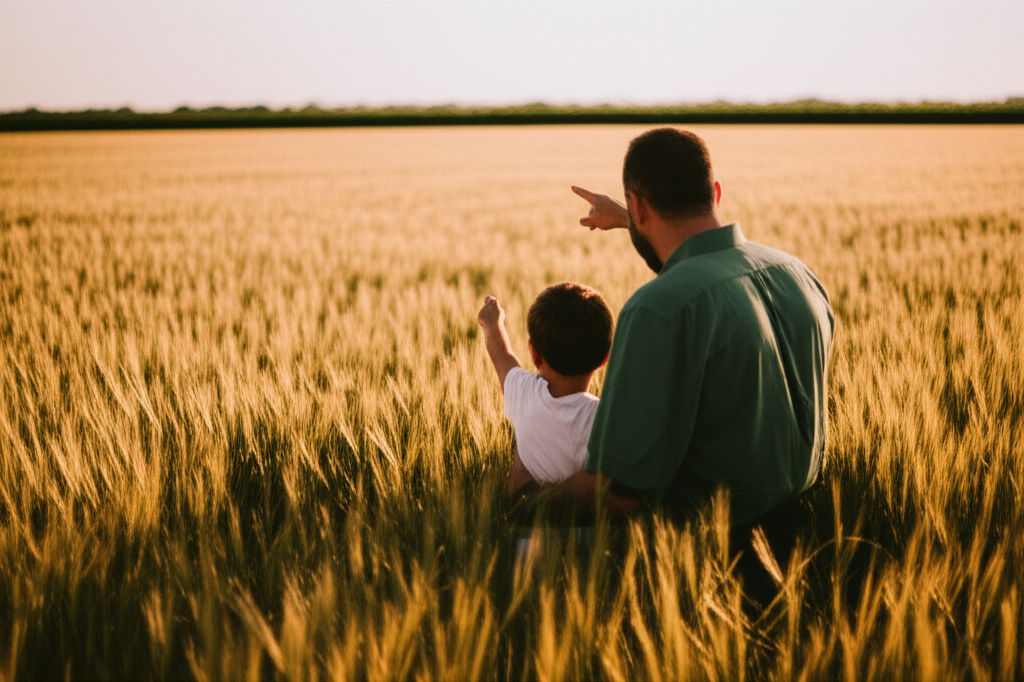
August 13, 2025
How far bullets can travel
Unravel the science of ballistics! Discover how far bullets really travel, influenced by gravity, drag, and wind. Beyond straight lines, learn the truth.





